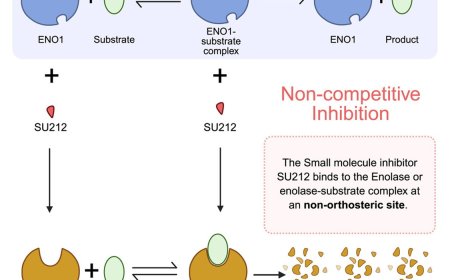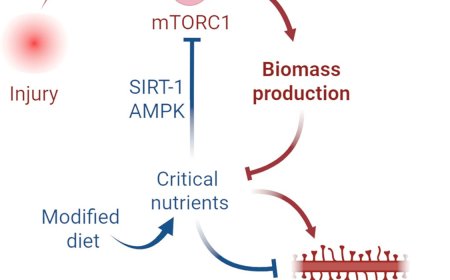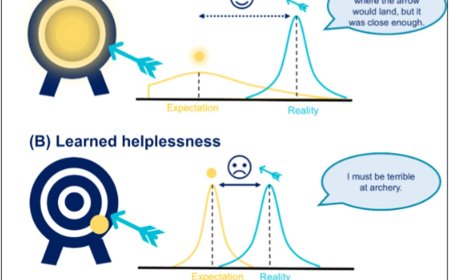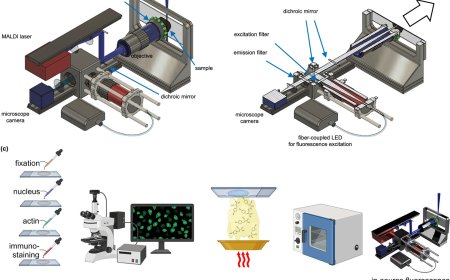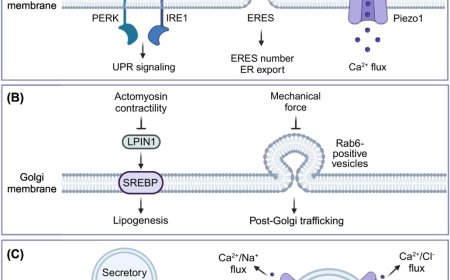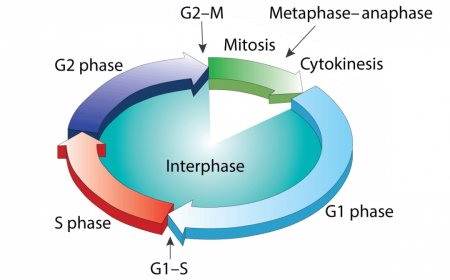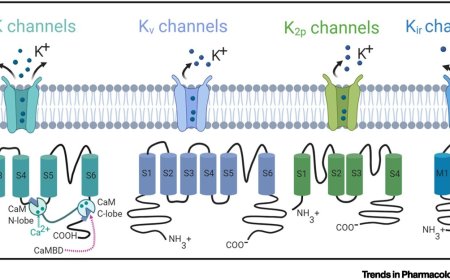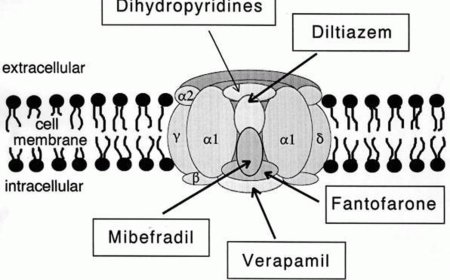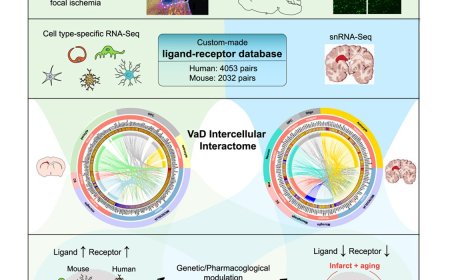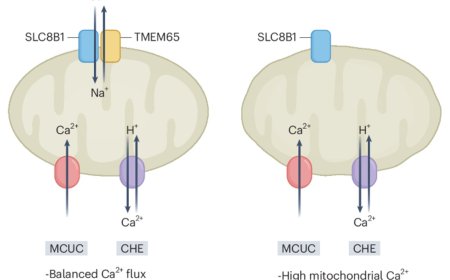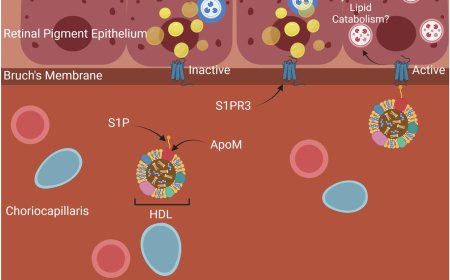Role of lipids in regulating cardiac arrhythmias
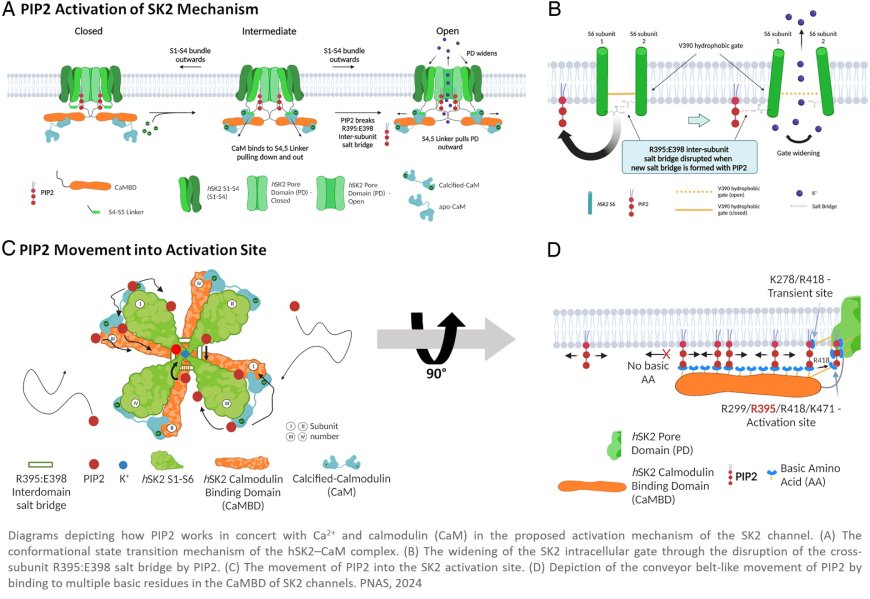
Researchers identified a lipid that is involved in regulating cardiac ion channels, providing insights into possible mechanisms of cardiac arrhythmias in heart failure and a potential pathway for future therapeutic development.
A new study by researchers identified a new target for developing a therapy to treat atrial fibrillation, the most common type of abnormal heart rhythm.
Atrial fibrillation, commonly called AFib or AF, causes about 1 in 7 strokes, according to the U.S. Centers for Disease Control and Prevention, and is associated with a significant increase in the risk of morbidity and mortality. More than 12 million people are expected to have AFib by 2030, according to the American Heart Association, and current treatment paradigms remain inadequate, researchers say.
Proteins involved in physiological processes of the heart have been a target of research for AFib for some time. Until recently, most research suggested that treating AFib through inhibition of specific small-conductance calcium-activated potassium channels, or SK channels, could either reduce or worsen arrhythmias under different conditions.
“Our study used pioneering experimental and computational approaches to decipher how the human SK2 channel can be dynamically co-regulated. The study is especially timely considering inhibitors of SK channels are currently in clinical trials to treat AFib, making further insight into their regulatory mechanisms paramount,” said the author.
The research team examined the role of a lipid – phosphatidylinositol 4,5-bisphosphate, or PIP2 – in regulating the SK2 channel. PIP2 is an integral component of all plant and animal cell membranes and acts as a messenger for a variety of signaling pathways in the body.
“Because PIP2 plays such an essential role in multiple ion channels, regulating cardiac ion channels through PIP2 presents a new mechanism for the lipid regulation of cardiac excitability and function,” said paper’s co-first author.
Currently, SK channels are the only known potassium channels that are upregulated in heart failure, and their regulation plays a critical role in cardiac excitability and how disturbances in the heart’s rhythm develop.
“Since PIP2 is known to be dysregulated in heart failure, our study provides critical translational insights into possible mechanisms of cardiac arrhythmias in heart failure,” said another co-first author.
Using comparative modeling, the research team generated human SK2 channel models in closed, intermediate and open states. They then used molecular dynamics simulations to explore the molecular mechanisms of SK2 channel modulation by PIP2.
“Structural insights from our study will be useful to design novel inhibitors of SK2 channels to treat cardiac arrhythmias,” said a co-senior author.


